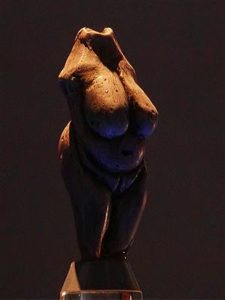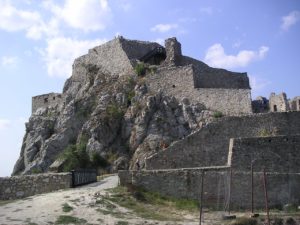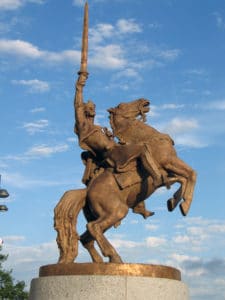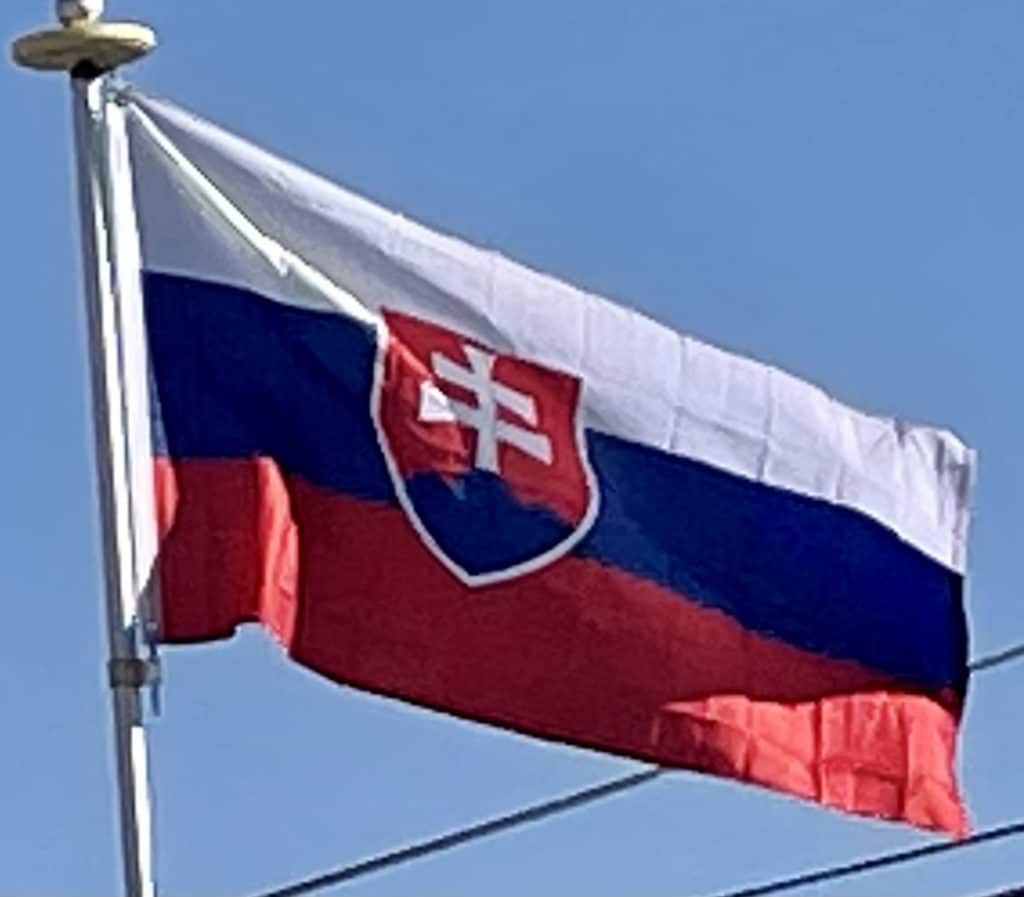
Other stone tools from the Middle Paleolithic era (200,000–80,000 BCE) come from the Prévôt (Prepoštská) cave in Bojnice and from other nearby sites. The most important discovery from that era is a Neanderthal cranium (c. 200,000 BCE), discovered near Gánovce, a village in northern Slovakia.
Civilizations in Slovakia continued to develop through the Bronze Age and Iron Age.
Roman Period:
From 2 AD, the expanding Roman Empire established and maintained a series of outposts around and just south of the Danube, the largest of which were known as Carnuntum (whose remains are on the main road halfway between Vienna and Bratislava) and Brigetio (present-day Szőny at the Slovak-Hungarian border). Such Roman border settlements were built on the present area of Rusovce, currently a suburb of Bratislava. The military fort was surrounded by a civilian vicus and several farms of the villa rustica type. The name of this settlement was Gerulata. The military fort had an auxiliary cavalry unit, approximately 300 horses strong, modelled after the Cananefates. The remains of Roman buildings have also survived in Devín Castle (present-day downtown Bratislava), the suburbs of Dúbravka and Stupava, and Bratislava Castle Hill.

In the 2nd and 3rd centuries AD, the Huns began to leave the Central Asian steppes. They crossed the Danube in 377 AD and occupied Pannonia, which they used for 75 years as their base for launching looting-raids into Western Europe. However, Attila’s death in 453 brought about the disappearance of the Hun tribe. In 568, a Turko-Mongol tribal confederacy, the Avars, conducted its invasion into the Middle Danube region. The Avars occupied the lowlands of the Pannonian Plain and established an empire dominating the Carpathian Basin.
In 623, the Slavic population living in the western parts of Pannonia seceded from their empire after a revolution led by Samo, a Frankish merchant. After 626, the Avar power started a gradual decline but its reign lasted to 804.
Slavic States:
The Slavic tribes settled in the territory of present-day Slovakia in the 5th century. Western Slovakia was the center of Samo’s empire in the 7th century. A Slavic state known as the Principality of Nitra arose in the 8th century and its ruler Pribina had the first known Christian church of the territory of present-day Slovakia consecrated by 828. Together with neighboring Moravia, the principality formed the core of the Great Moravian Empire from 833.

The high point of this Slavonic empire came with the arrival of Saints Cyril and Methodius in 863, during the reign of Duke Rastislav, and the territorial expansion under King Svätopluk I.
Great Moravia (830–before 907):
Great Moravia arose around 830 when Mojmír I unified the Slavic tribes settled north of the Danube and extended the Moravian supremacy over them. When Mojmír I endeavored to secede from the supremacy of the king of East Francia in 846, King Louis the German deposed him and assisted Mojmír’s nephew Rastislav (846–870) in acquiring the throne. The new monarch pursued an independent policy: after stopping a Frankish attack in 855, he also sought to weaken the influence of Frankish priests preaching in his realm. Duke Rastislav asked the Byzantine Emperor Michael III to send teachers who would interpret Christianity in the Slavic vernacular.
